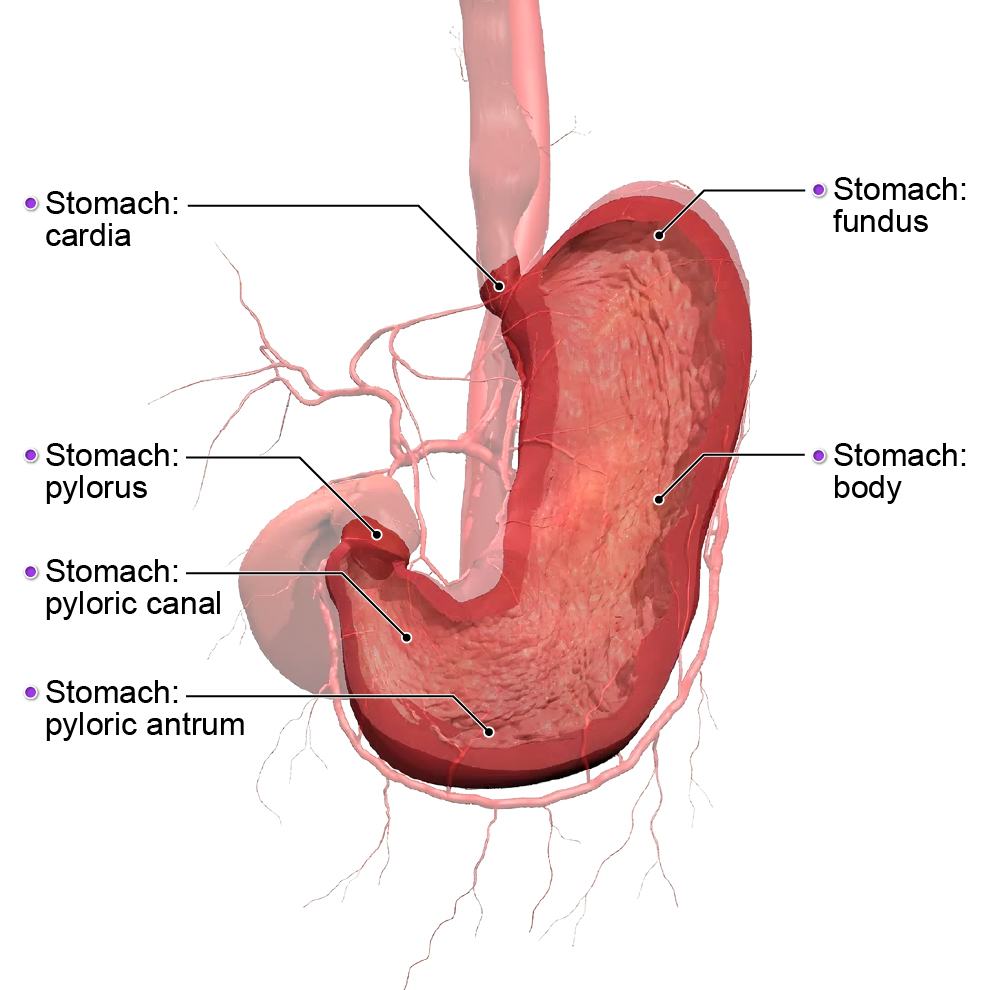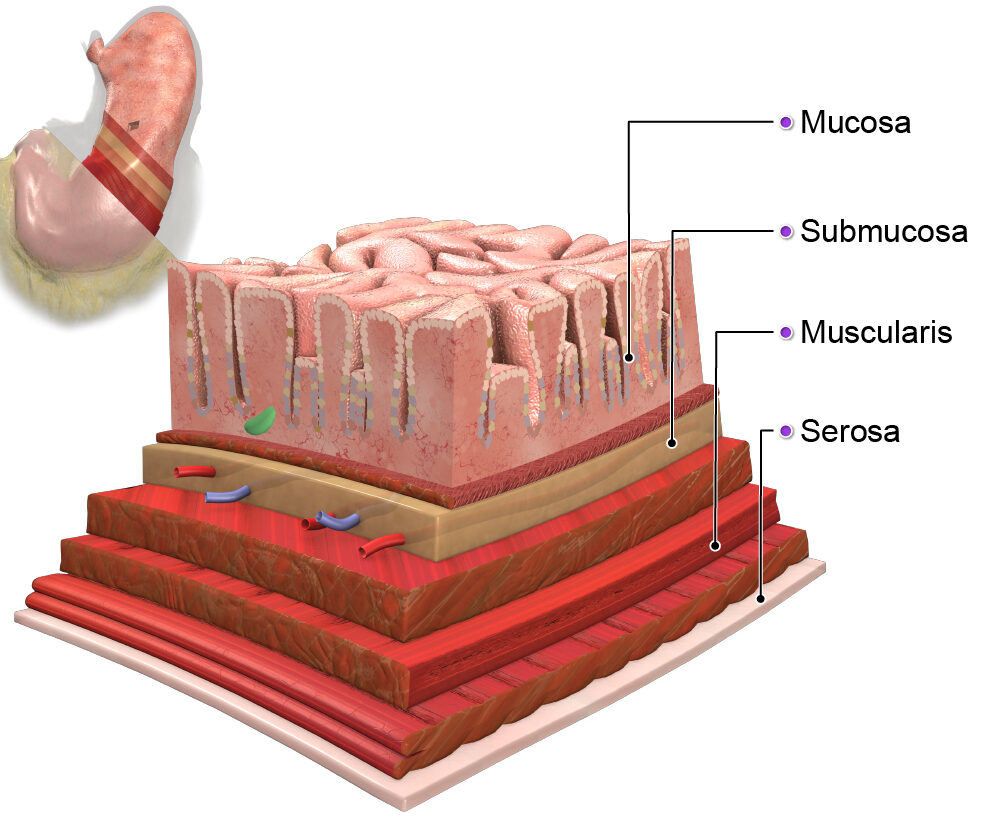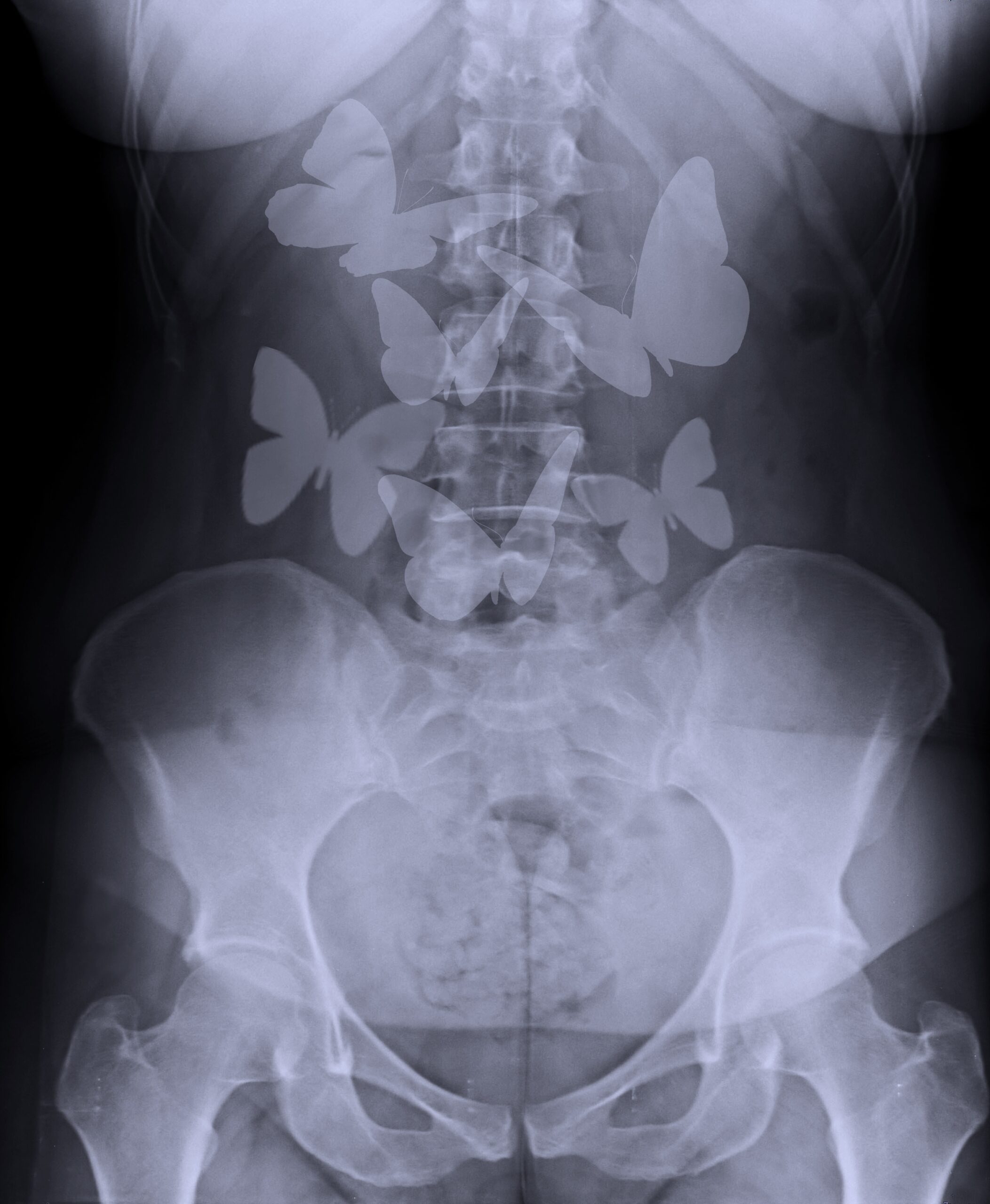The origin of a phrase
First dates. Job interviews. Exams. Whether you’re looking forward to an event with breathless anticipation or paralyzing anxiety, chances are that your stomach is reacting in the same way: a fluttering that feels like something is desperately trying to escape your midsection. It’s a phenomenon commonly known colloquially as “butterflies in the stomach.”
The phrase was first coined in print by author Florence Converse in her 1908 book, The House of Prayer, when she wrote, “The three o’clock train going down the valley […] gave him a sad feeling, as if he had a butterfly in his stomach.” It is unknown whether Converse invented the phrase or merely recorded it first, but the metaphor resonated with readers and we still use it more than 100 years later to describe the feelings of nervousness, stress or excitement that seem to affect the gut. But what causes the sensation, which can span the range from mild jitteriness to full-blown stomach flips?
Common causes
Many people experience the familiar feeling of butterflies in the stomach when they are in a stressful situation that triggers feelings of anxiety. As the body reacts to this anxiety, this feeling can manifest itself in a host of “fight-or-flight” reactions – rapid heartbeat, sweating, difficulty concentrating – and nausea, or a fluttering sensation in the stomach. Funny enough, the body reacts similarly when faced with something perceived as exciting: the possibility of a new romance, the anticipation of a happy event or another experience that elicits positive feelings. Jumpiness in the stomach can also be unrelated to emotions of fear or excitement, instead being caused by things like hormonal fluctuations, food sensitivities, reactions to certain medications or other digestive issues.
This link between the brain’s experience of an emotion and the manifestation of associated sensations in the stomach is well known and often referred to as the “brain-gut axis.” It’s a two-way highway in which emotional stress directly affects the digestive system, impacting functions like motility (the movement of food through the body), mucosal blood flow, visceral sensitivity and secretion. Just as the gut, also known as the digestive tract, reacts to messages sent from the brain, changes in the gut microbiota also send signals to the brain, which in turn, can affect your mood. In fact, some scientists call the gut the “second brain” of the body, since it is packed densely with half a billion neurons, making it an expansive neural network, second only to the brain in complexity.
The anatomy involved
While feeling nervous can manifest in sweaty hands, a rapidly beating heart, dry mouth, feelings of dizziness and more, the stomach is often at the epicenter of your physical symptoms. Thus, understanding the anatomy of the stomach can help in understanding what happens to the organ when you feel butterflies in your stomach. As part of the digestive tract, which breaks down the food and drink you consume to provide nutrients to your body, the stomach’s main function is to hold and digest food before passing it along to the small intestine, where food nutrients get absorbed into your blood stream.
Situated in the upper left side of your abdomen, the stomach is the connector between your esophagus and small intestine, and consists of the following parts:
-
- The cardia, which is the top portion of the stomach that keeps food from going back up into the esophagus.
-
- The fundus, located between the cardia and below the diaphragm, where digestive gas is stored.
-
- The body of the stomach is the largest part of your stomach and mixes food to aid in digestion.
-
- The pyloric antrum, located below the stomach body, which holds food before sending it to the small intestine.
-
- The pyloric canal, a narrow section that connects the antrum to the pylorus.
-
- The pylorus, which is a constriction separating the pyloric canal from the first part of the small intestine called the duodenum. It controls when and how food moves into the small intestine by regulating the pyloric sphincter, a strong ring of smooth muscle.

The autonomic nervous system is responsible for innervating the stomach, mainly via the vagus nerve. It runs from the brain to the gut, as well as to other organs. This autonomic nervous system also includes the hepatic and left gastric plexuses (nerves responsible for sympathetic, or “fight-or-flight” responses) and the gastric branches of the vagus nerve (responsible for parasympathetic, or “rest-and-digest” functions), along with the stomach’s own enteric nervous system.
Since the role of the stomach is to break down food, it is wrapped in tissues and muscles that contract to crush and mix what you eat in order, while adding acids and enzymes to aid in the digestive process. These tissues and muscles are part of the stomach wall, which has four main layers:
-
- Mucosa: The innermost layer which secretes the gastric juices used to break down food.
-
- Submucosa: Dense connective tissue that contains nerves and blood and lymphatic vessels.
-
- Muscularis: This layer is in continuation with the esophagus and utilizes three layers of muscles to churn food, further breaking it down for digestion.
-
- Serosa: The outermost layer, which is also a part of the peritoneum, the membrane that lines the inside of your abdomen and covers many of your organs. It covers and holds the stomach in its position.

Butterflies take flight
So what, exactly, happens to your stomach when you find yourself in a thrilling – or terrifying – situation? Although the butterflies that can occur when you’re on the cusp of falling in love and those you may feel on the first day of a new job may be caused by very different feelings, the physiology behind them is thought to be the same.
Being in a situation where you feel fearful or excited naturally triggers the “fight-or-flight” response of your sympathetic nervous system. When under the stress of say, defending a dissertation, your body goes into survival mode, releasing adrenaline and a hormone and neurotransmitter called noradrenaline, also known as norepinephrine. Feelings of romantic excitement also trigger the release of norepinephrine, along with dopamine, the “feel good” chemical. The fight-or-flight response has other effects on your body as well, such as opening your airways, increasing your heart rate and routing your blood supply to your muscles and extremities and away from areas like your stomach, which your body does not perceive to be vital to your immediate survival. The result of this loss of blood flow is that familiar fluttery feeling in the pit of your stomach: butterflies. After your body senses that the danger has subsided – or your romance isn’t quite so new or exciting anymore – your blood flow returns to normal and the butterflies go away. For some people with anxiety, however, this jumpy feeling in the stomach can last much longer and be harder to overcome.
Catching and taming butterflies
So how can you tame the jumpy feeling in your stomach when it’s time to make that presentation, take that test, or meet up with new friends? Here are a few tips for sending those butterflies in your stomach floating off into the breezes of a beautiful spring day and restoring a sense of inner calm and confidence:
-
- Take some deep breaths: Inhale and exhale slowly to lower your heart rate and relax your tense muscles.
-
- Take a quick walk: Exercise can help release “feel good” endorphins and take the edge off your nerves.
-
- Relax your muscles: Slowly tense and release the muscles throughout your body, starting with your feet and working your way up to your head.
-
- Embrace the feeling: Butterflies can sometimes occur because of happy excitement, so try to be in the moment and enjoy the ride!
-
- Seek help: If anxiety is negatively interfering with your life, consider finding a therapist who can help you learn other techniques for effectively dealing with it.
The content in this post is from Primal’s 3D Atlas and Human Anatomy and Physiology products. To learn more about these or other Primal learning resources, please fill in the form here and our team will be in touch.
